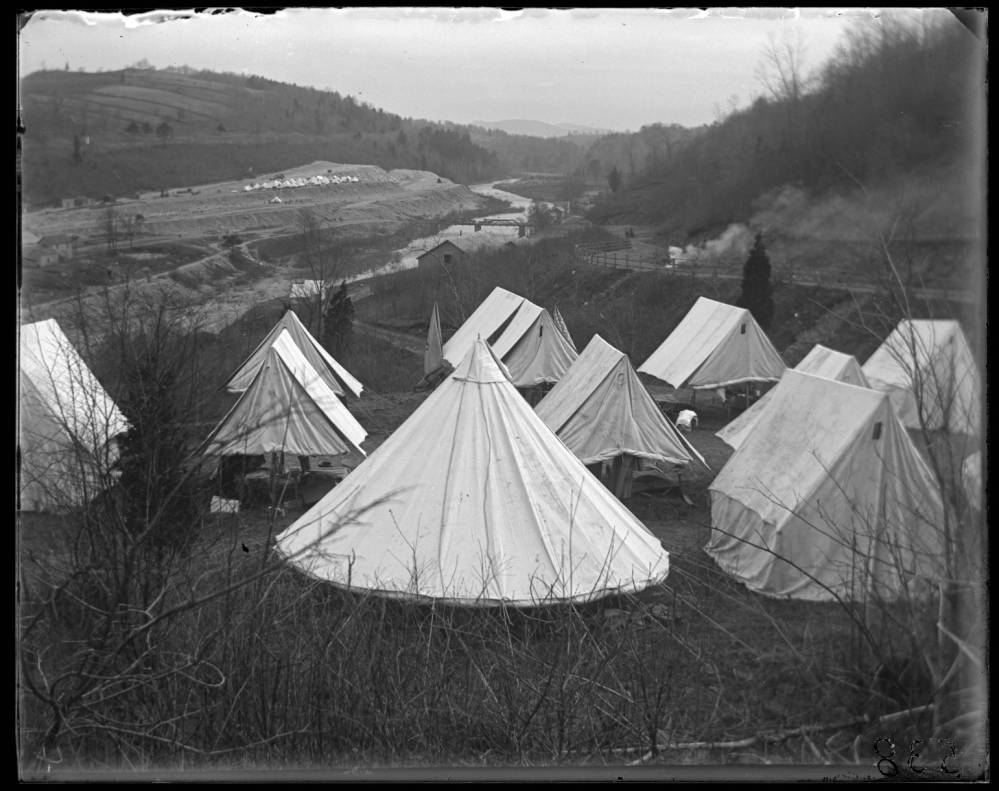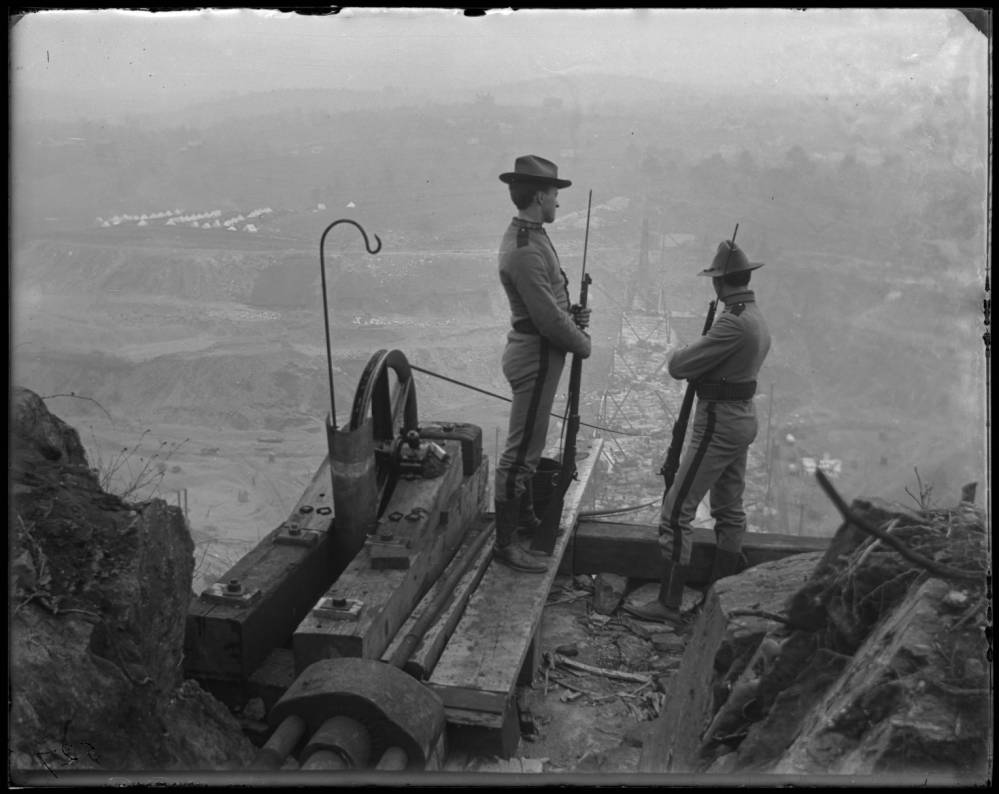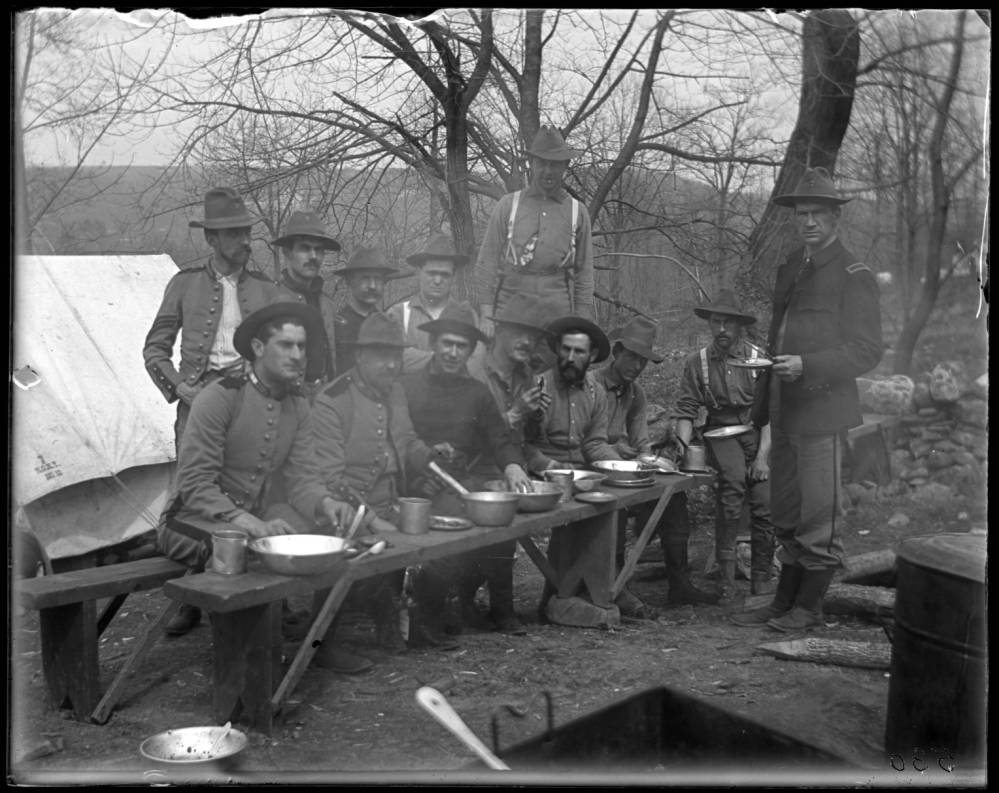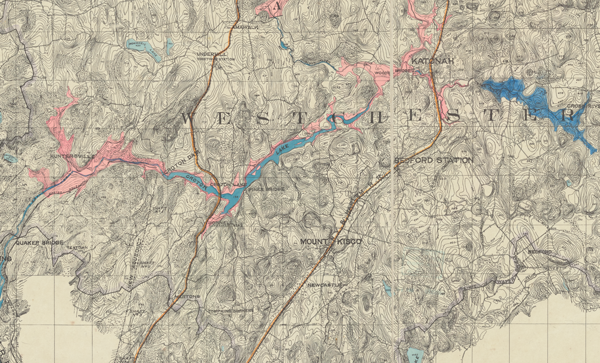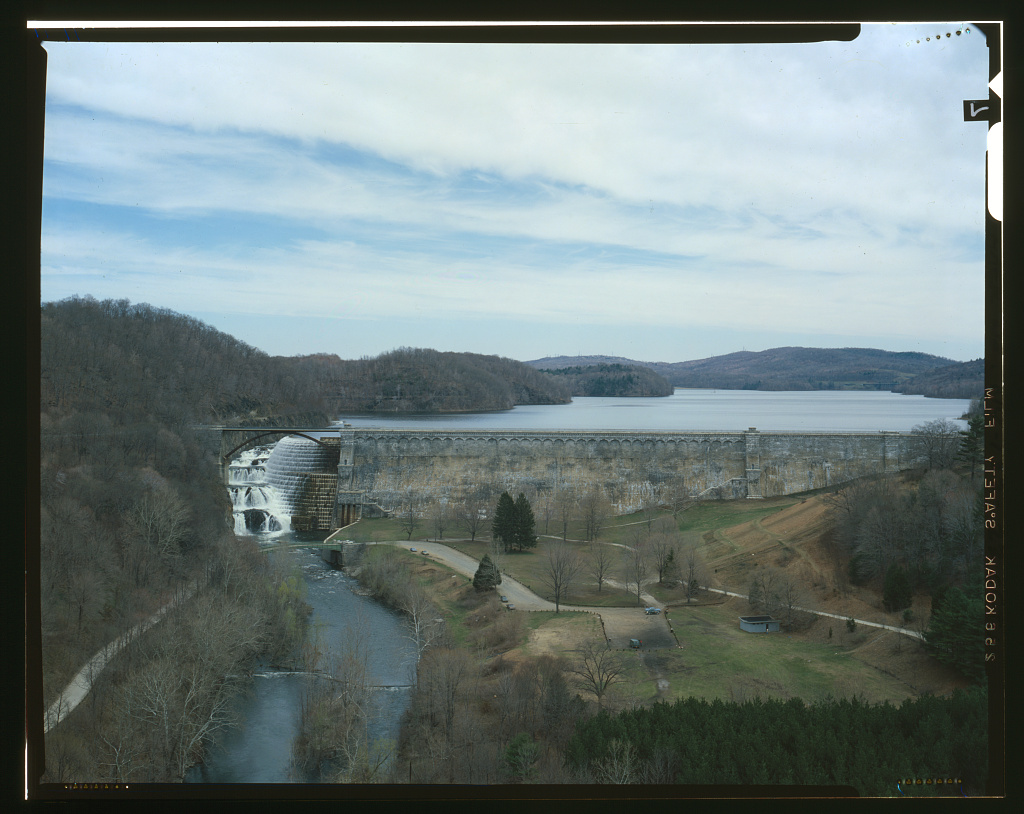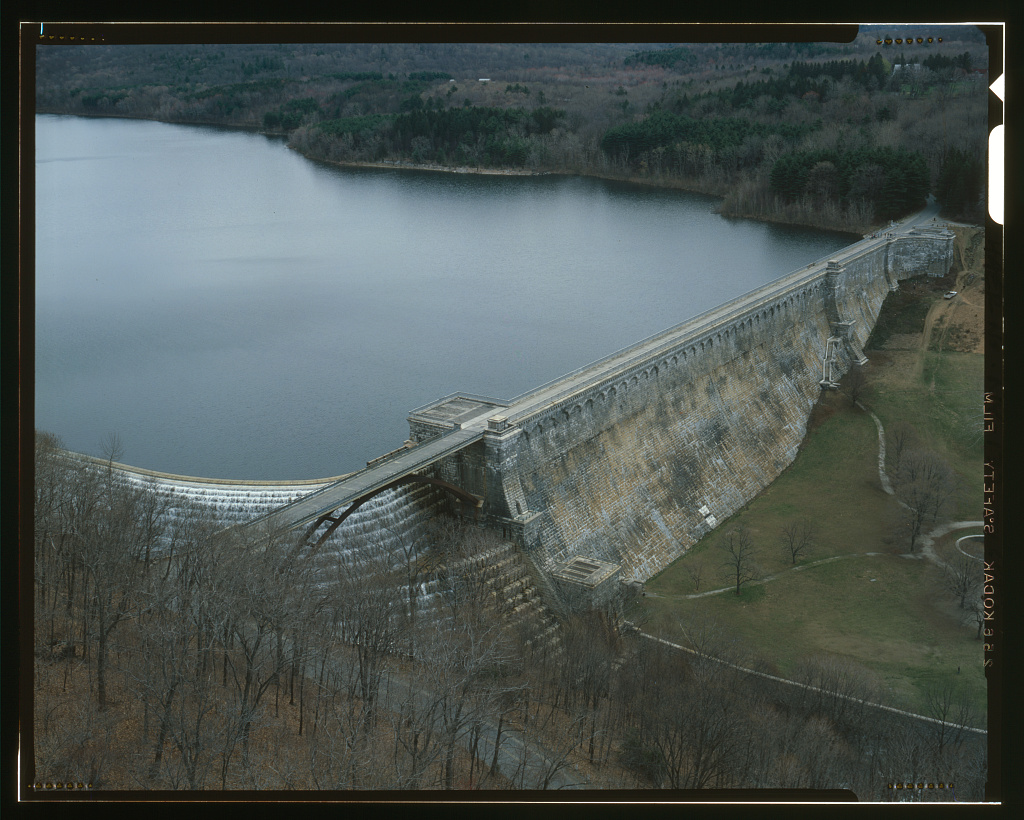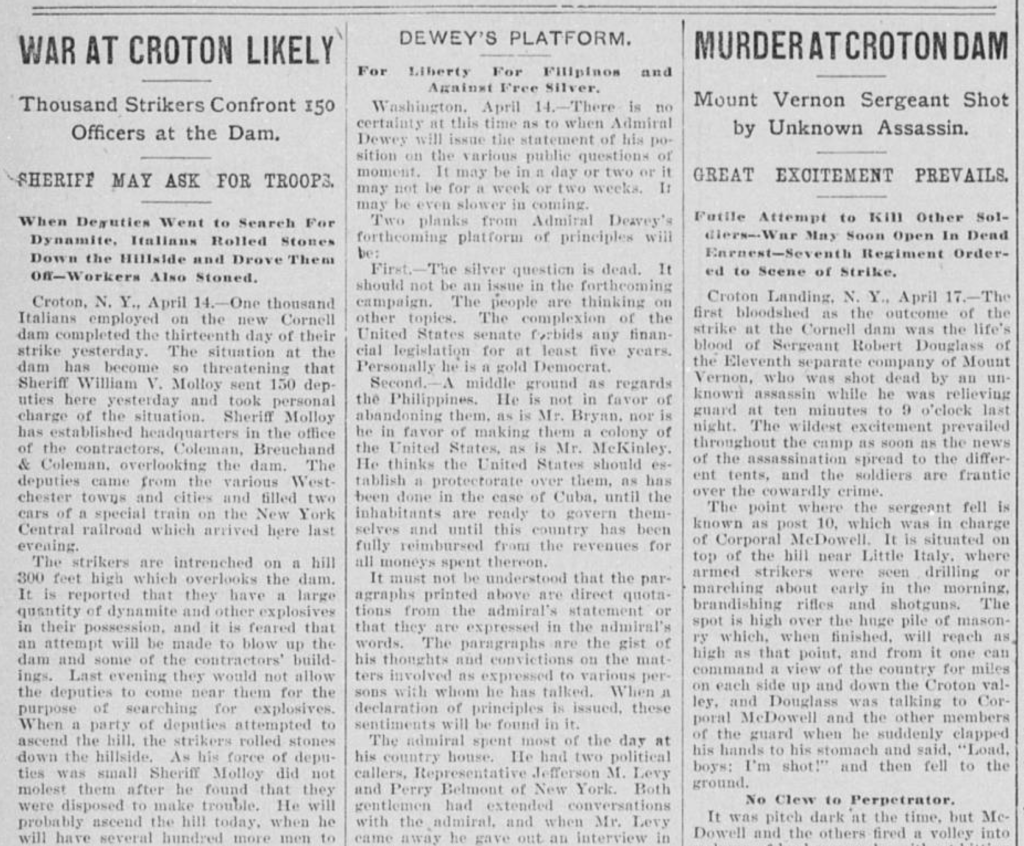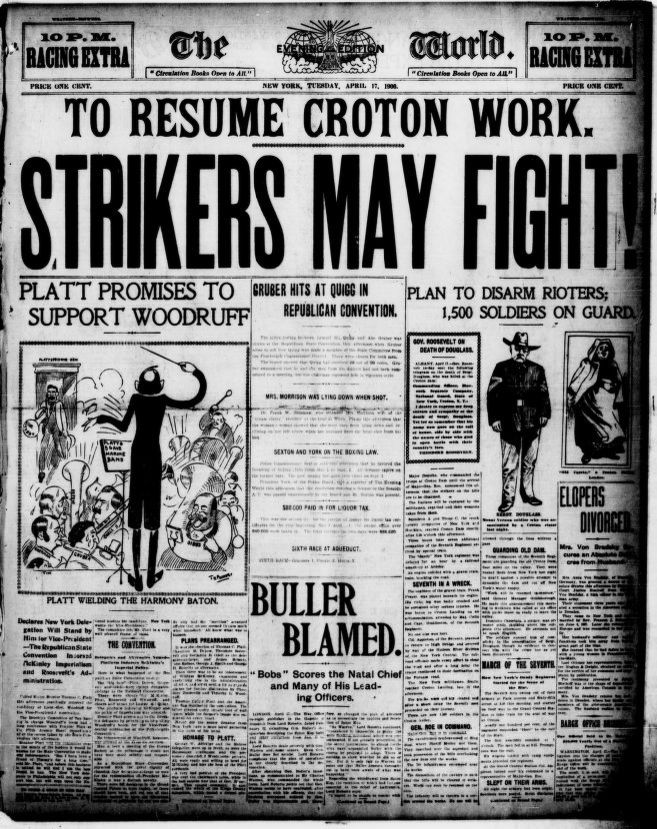The New Croton Reservoir
By 1906, the aqueduct commission had completed the New Croton Dam which expanded the existing Old Croton Reservoir to include the sprawling New Croton Reservoir, the centerpiece of the Croton network. New York added two more reservoirs over the next several years, finally completing the water system that had begun construction in 1837. The Croton project developed supporters in the budding Westchester County suburbs and nearby communities because they would be able to tap into the water system for their own use. However, it came with many struggles for other Westchester residents. New York City did not pay taxes and often abused farmers and their property, including burning their houses and barns. Going forward, this would be the extent of New York City’s ability to build in Westchester County due to restrictions instigated by Westchester and Dutchess County citizens and put in place by state officials.
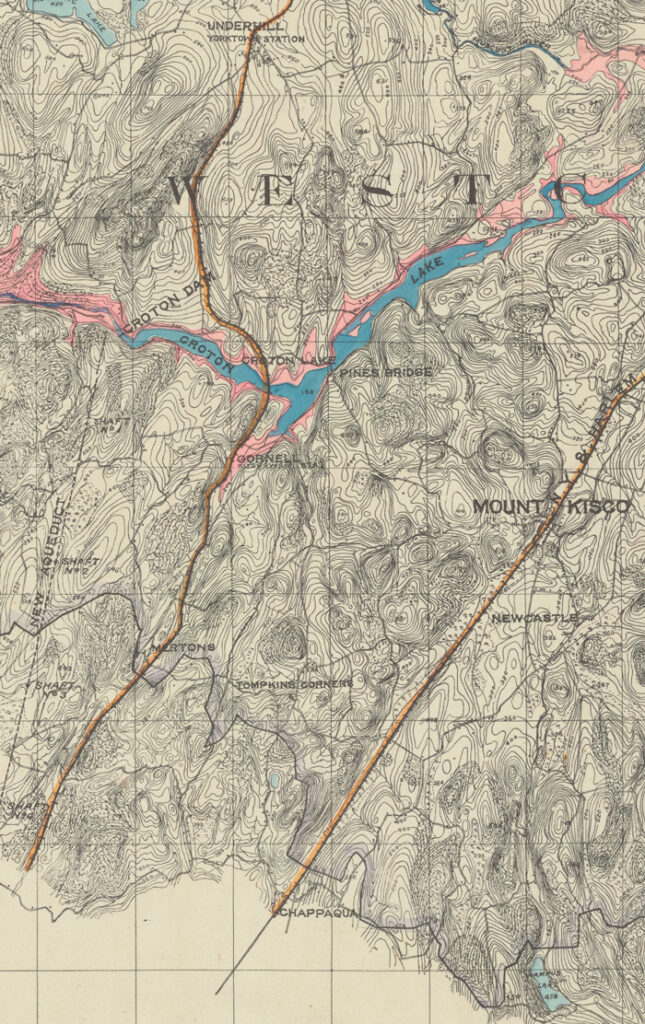
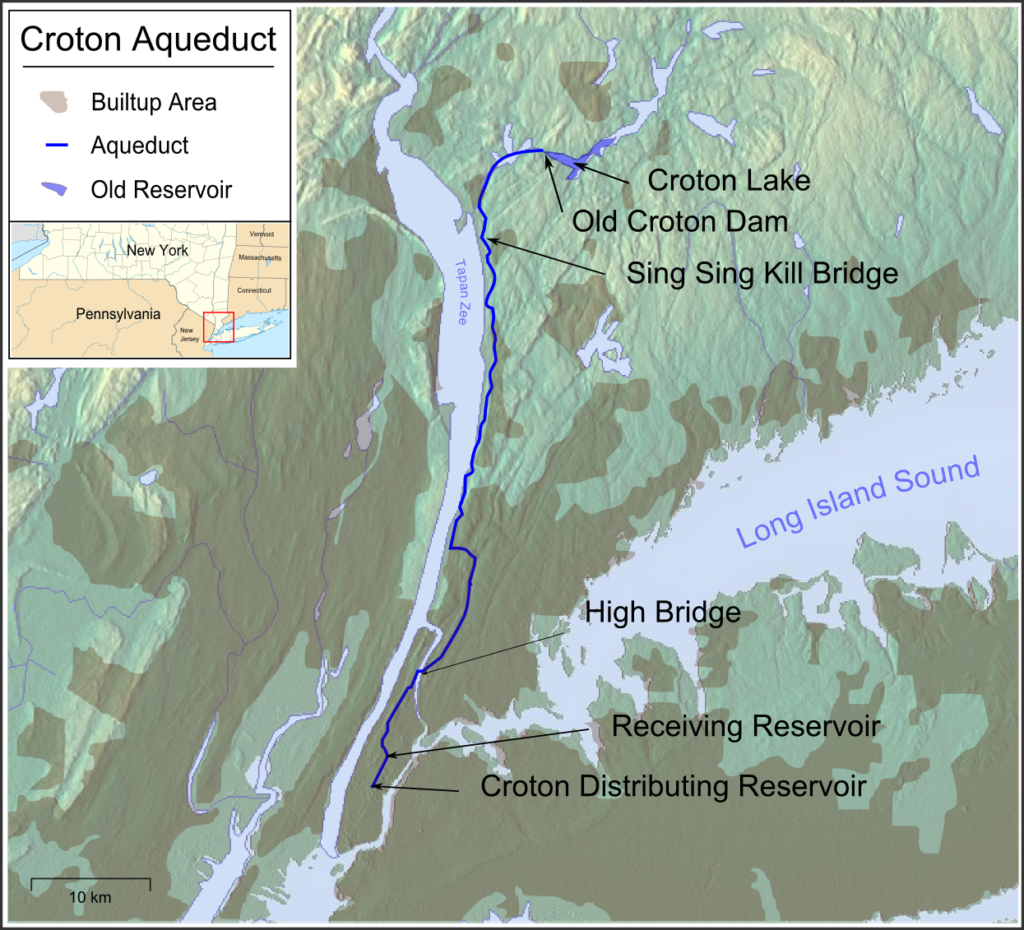
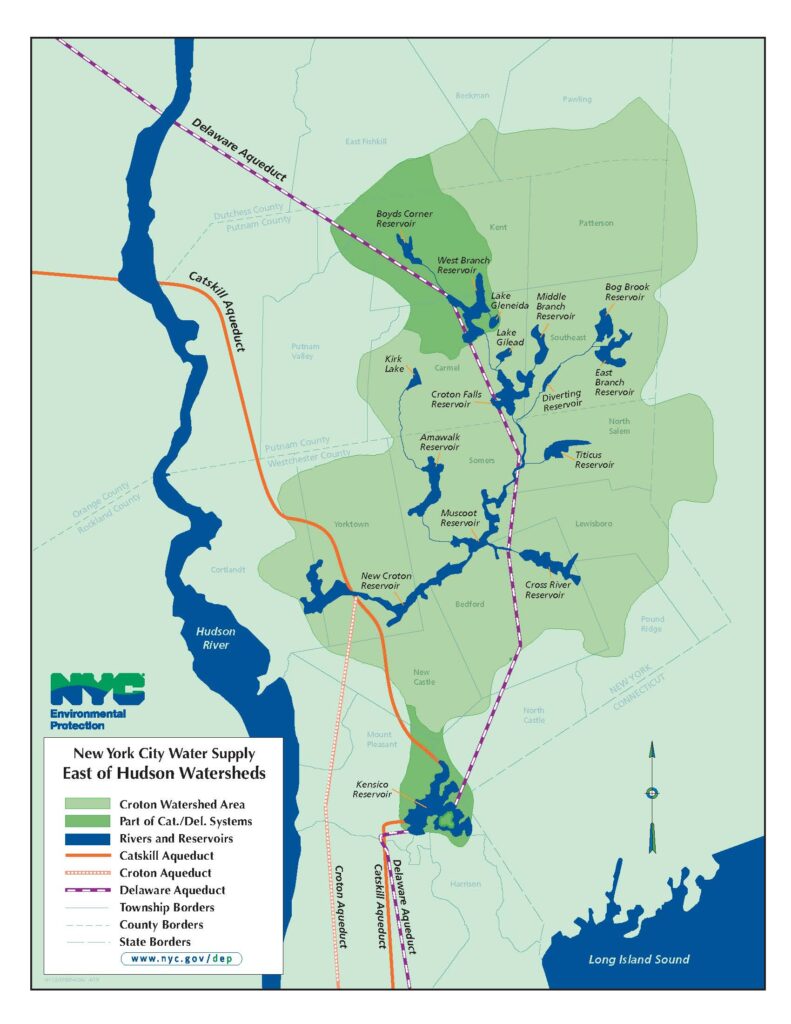
After the opening of the first Croton aqueduct demand for water in NYC only grew. Throughout the second half of the 19th Century (i.e. even before the construction of the New Croton Reservoir, Muscoot, Cross River, Croton Falls, and expanded Kensico Reservoir, and before the expansion to the Catskills) the City took measures to expand the water supply. This included the construction of the New Croton Aqueduct, which had a greater carrying capacity than the original tunnel. Between 1860 and 1895, the City constructed the second Central Park Reservoir (now called the Jackie Kennedy Onassis Reservoir), initial dams for the Boyds Corner and Kensico Reservoirs (later expanded), and the East Branch, Middle Branch West Branch, Bog Brook, and Titicus Reservoirs.
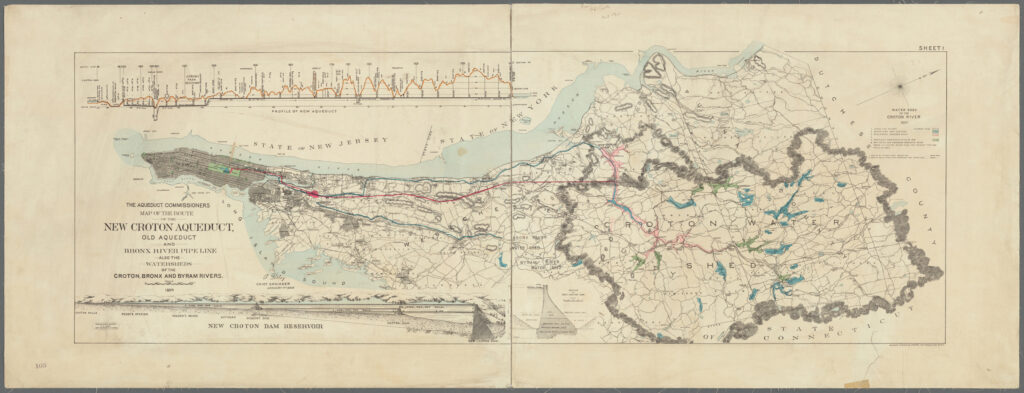


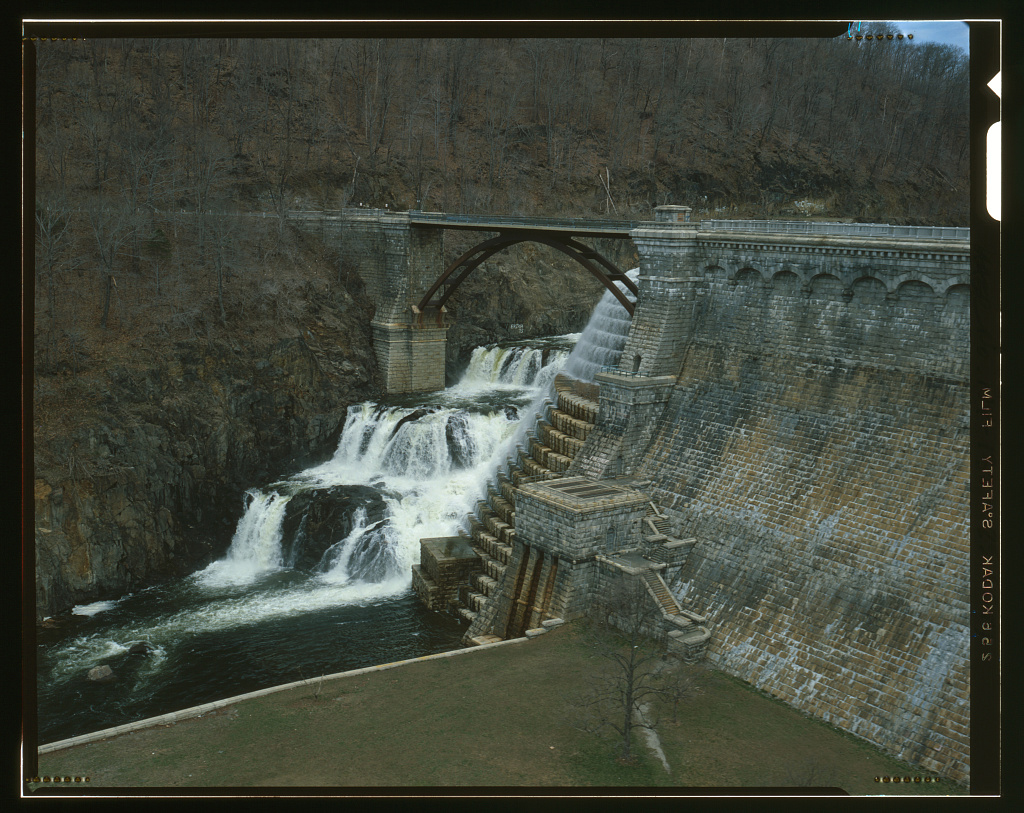
“Expected to take five years, the dam’s construction faced a number of challenges, including a violent labor strike in 1900 and the 1901 condemnation and subsequent masonry replacement of the dam’s earthen embankments. After fourteen years of construction, the dam was ultimately successful and, at 301 feet high and 2400 feet long, was the largest dam in the world at the time. In the following few decades, the dam was a popular tourist destination; today, as the largest hewn-stone structure in the United States, it remains the focal point of Croton Gorge Park.”
— Croton Waterworks website
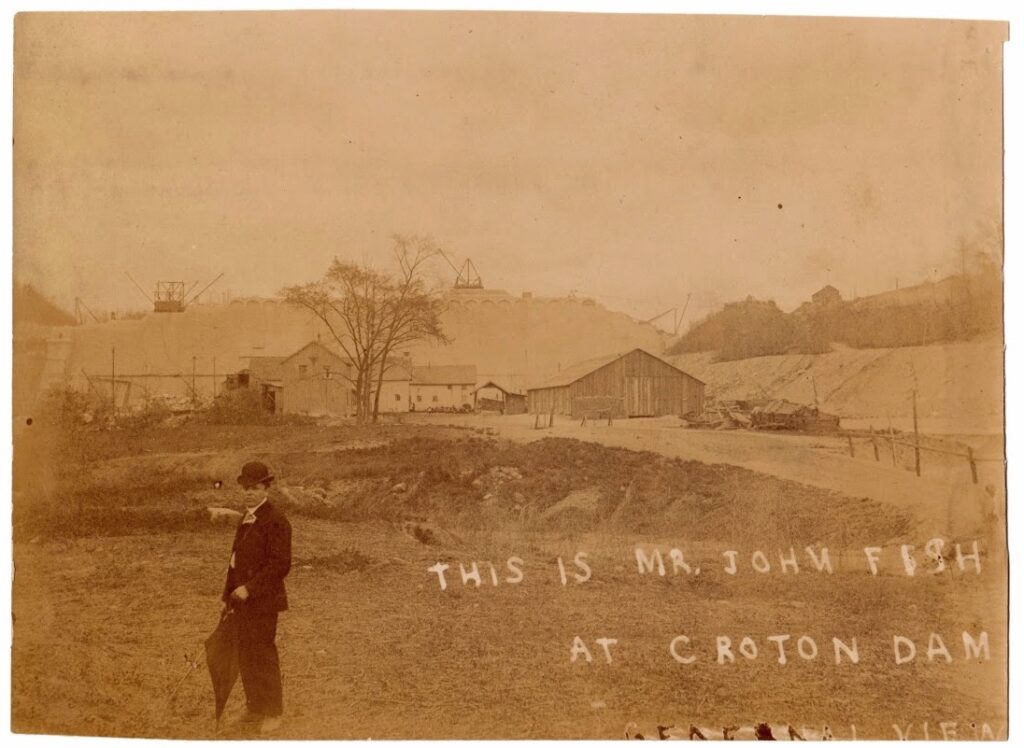
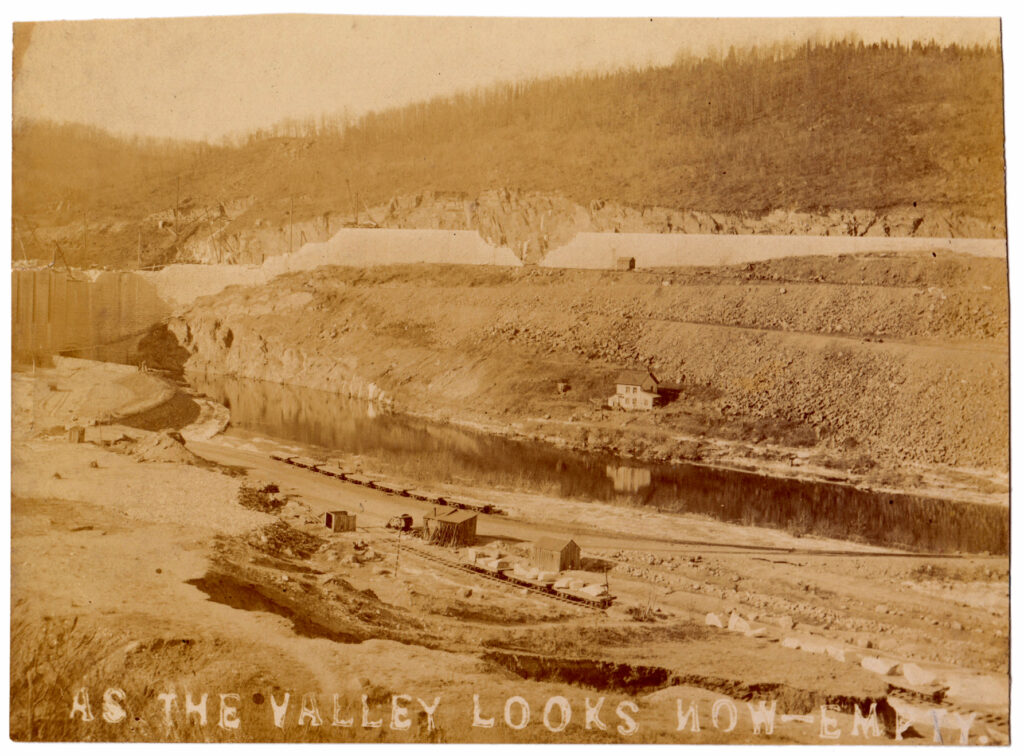
Labor Strike and the National Guard Intervention
In 1900, the work force constructing the dam—made up of primarily Italian immigrants as well as Irish immigrants and African Americans—went on strike to protest unfair wages. The workers were paid under the prevailing wage for incredibly hard and dangerous work. The NY State National Guard was called in to protect replacement workers and so ensued violent responses.

